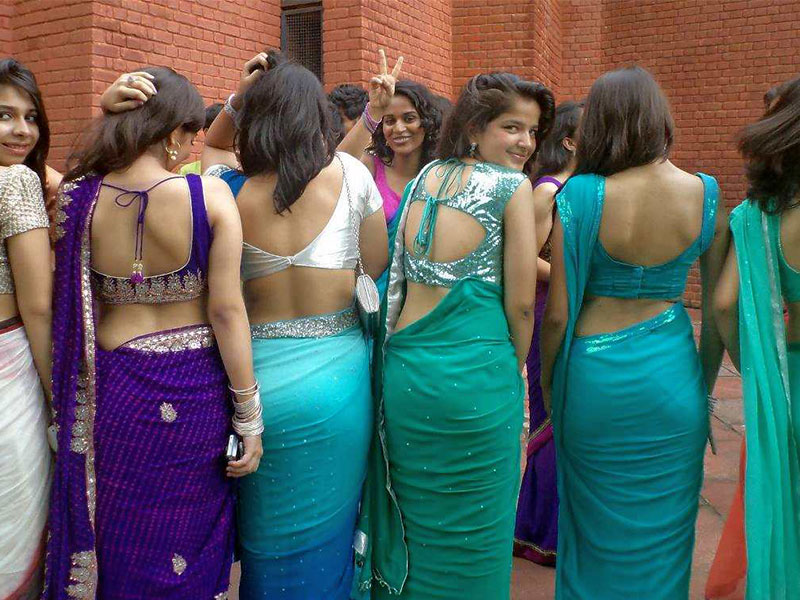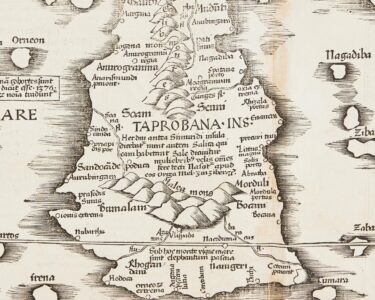The politics of butt fashion is a complex and ever-evolving topic. Throughout history, the way we have viewed and dressed our buttocks has been influenced by a variety of social, cultural, and political factors.
In the early 20th century, the focus was on a more slender, boyish figure. This was partly due to the rise of flapper culture, which celebrated independence and freedom. Women were encouraged to dress in shorter skirts and looser-fitting clothes, which de-emphasized the buttocks.
In the 1950s, there was a resurgence of interest in the hourglass figure. This was partly due to the post-war economic boom, which led to an increased focus on consumption and materialism. Women were encouraged to dress in clothes that accentuated their curves, including padded bras and girdles.In the 1960s and 1970s, the feminist movement challenged traditional notions of beauty. Women began to wear more androgynous clothing and to reject the idea that they had to conform to a certain standard of appearance. This led to a more relaxed attitude towards the buttocks.
In the 1980s and 1990s, there was a renewed interest in a more voluptuous figure. This was partly due to the rise of hip-hop culture, which celebrated women with curves. Celebrities like Kim Kardashian and Beyoncé also helped to popularize this look.
Today, the politics of butt fashion is still evolving. There is a growing movement towards body positivity, which encourages people to accept their bodies for the way they are. However, there is also still a lot of pressure on women to conform to a certain standard of appearance, and the buttocks are often seen as a symbol of beauty and desirability.
Sri Lankan Fshion and the Butt:
Sri Lankan fashion is often seen as being conservative, with a focus on covering the body. However, there has been a growing trend in recent years towards more body-conscious clothing, including clothes that accentuate the buttocks.
This is partly due to the influence of Western fashion as well as the growing popularity of social media, which has exposed Sri Lankans to a wider range of body types and fashion trends.
Sri Lankan Fshion and the Butt:
Sri Lankan fashion is often seen as being conservative, with a focus on covering the body. However, there has been a growing trend in recent years towards more body-conscious clothing, including clothes that accentuate the buttocks.
This is partly due to the influence of Western fashion as well as the growing popularity of social media, which has exposed Sri Lankans to a wider range of body types and fashion trends.
However, there is still some resistance to this trend, particularly among older generations. Some Sri Lankans believe that it is inappropriate to dress in ways that draw attention to the buttocks, and they worry that this trend is leading to a decline in modesty.
Despite this resistance, it is clear that the politics of butt fashion is having a significant impact on Sri Lankan fashion. It is likely that this trend will continue to grow in the years to come as Sri Lankans become more and more exposed to Western fashion and social media.
Here are some specific examples of how the politics of butt fashion has impacted Sri Lankan fashion:
- The popularity of the sari, a traditional Sri Lankan garment that is often worn to cover the buttocks, has been declining in recent years.
- Some sari-draping styles emphasize the buttocks, while others do not. Ultimately, whether or not the saree promotes butt fashion depends on how it is draped.
- For example, in India, the drape known as the “nivi drape” emphasizes the hips and buttocks, while the drape known as the “seedha pallu drape” does not. The “seedha pallu drape” is more traditional and is often worn by older women, while the “nivi drape” is more modern and is often worn by younger women.
Dresses and Skirts:
There has been an increase in the popularity of bodycon dresses and skirts, which are designed to accentuate the buttocks.
Many Sri Lankan designers are now incorporating Western fashion trends into their designs, including trends that focus on the buttocks.







